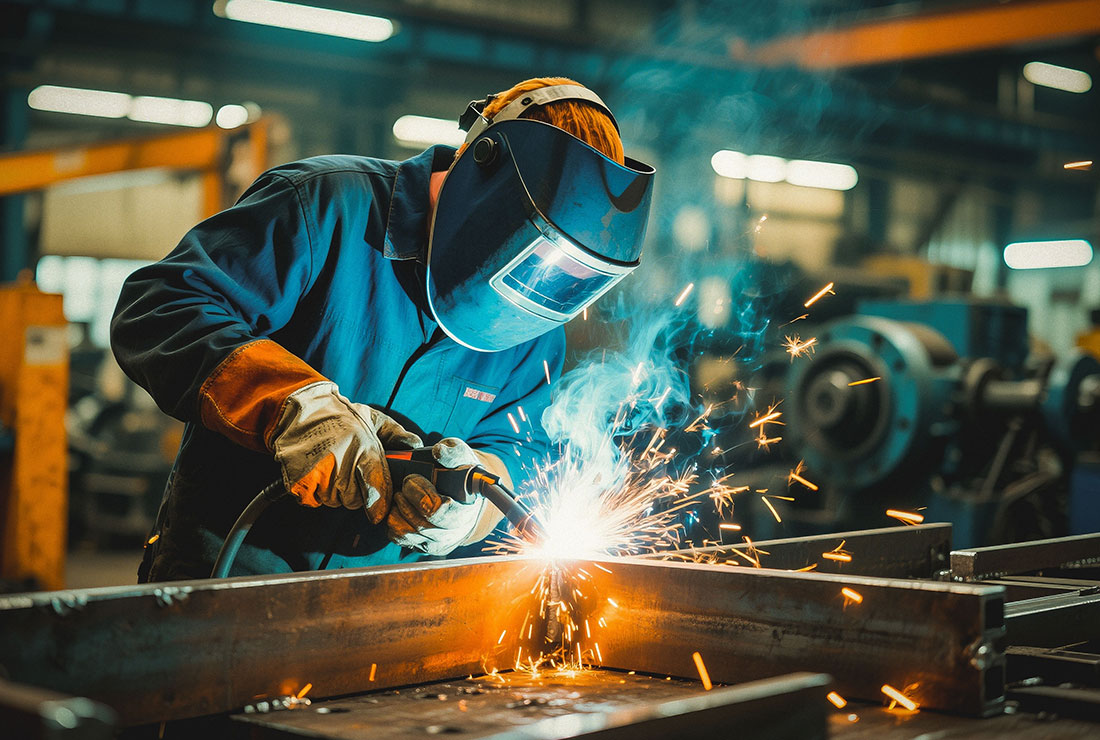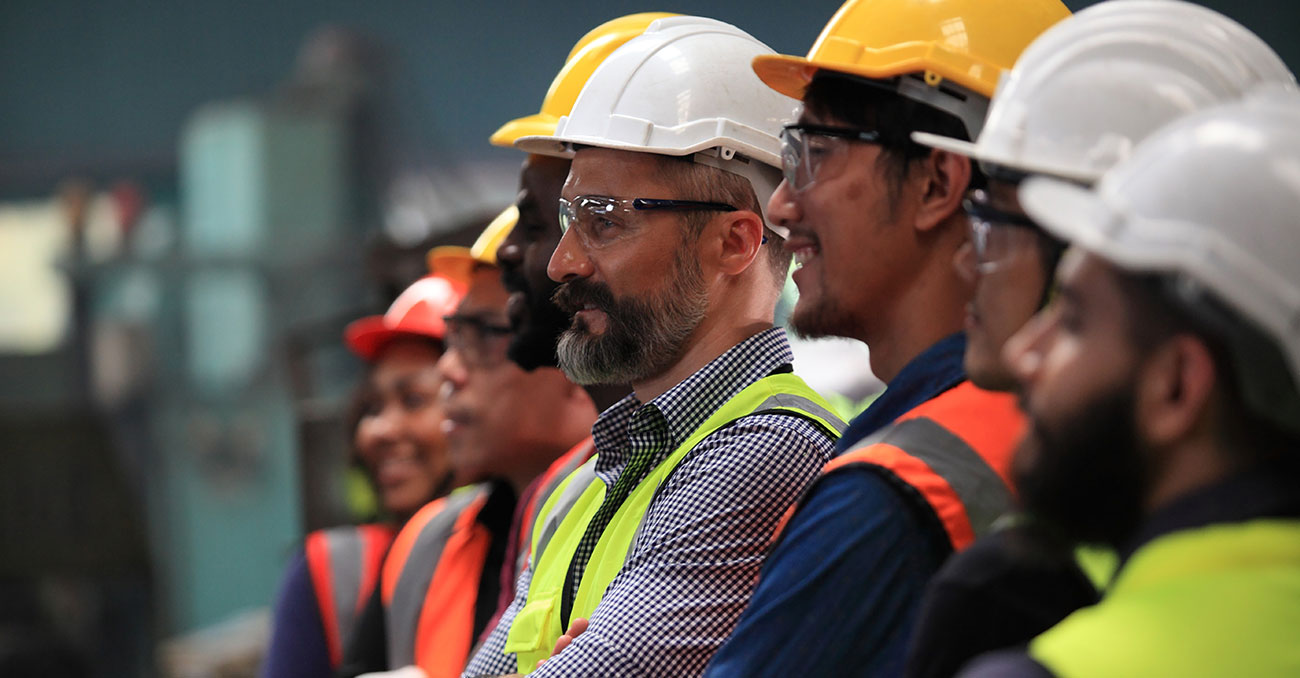
10 Oct 7 Principles for Building a Safety-First Culture in Metal Fabrication
In a fabrication shop, safety isn’t just a policy — it’s a mindset that must live in daily behavior, leadership practice, and shop floor dialogue. At Astro, safety is one of our foundational values. Over time, we’ve refined a set of core principles that help keep our team safe, accountable, and engaged.
Below are seven guiding principles we follow to strengthen safety culture in our facility. We share them not just as a template, but as part of our commitment to continuous learning.
1. Prioritize High-Risk Areas First
Start by identifying the zones, machines, or tasks with the greatest hazards — heavy lifts, welding stations, high-traffic walkways, or areas with material handling. Focus attention, training, and process improvements there first.
2. Partner with Shop-Level Teams
Leadership should regularly engage with front-line workers, walk the floor, ask questions, and listen to feedback. Those who do the work often see hazards or inefficiencies that don’t show up on paper.
3. Make Safety Part of Everyday Conversations
Don’t relegate safety to a monthly meeting. Bring it into daily briefs, tool talks, or morning huddles. The consistency reinforces that safety is integrated, not separate.
4. Recognize and Challenge Unsafe Conditions
Encourage every team member — from apprentice to foreman — to speak up when something feels off. Near misses, odd sounds, or small misalignments may signal deeper issues.
5. Embed Corrective Action Processes
When hazards are flagged, have a clear and transparent process to evaluate, mitigate, and track resolutions. Accountability is necessary — but blame should never deter reporting.
6. Assign Clear Safety Roles
Define who leads safety in each zone: machine operators, team leads, safety champions. Make sure responsibilities (inspections, shadowing, audits) are understood and shared.
7. Lead by Example from the Top
Safety culture must be driven from leadership down. When executives, project leads, and foremen visibly adhere to safety protocols, others will follow.
“A safe shop is the foundation for creativity and quality,” says Steve Paxton, President of Astro. “When our team knows they can flag issues, be heard, and see action — that trust becomes a backbone of our craftsmanship. Safety isn’t just rules; it’s how we respect our people and our work.”
How Astro Makes These Principles Real
- We hold weekly safety rounds with cross-functional teams to identify hazards and discuss improvements.
- Our feedback loops empower any employee to pause work and call a safety hold — no fear of retaliation.
- We maintain a safety dashboard showing open corrective items, resolution timelines, and trending observations.
- We use peer recognition to highlight safe behaviors, not just incident avoidance.
- Safety is built into job planning, contracts, and site checklists — so design, logistics, and installation are all safety-aware.
These practices help embed safety into every project phase — from design-assist through final installation.


